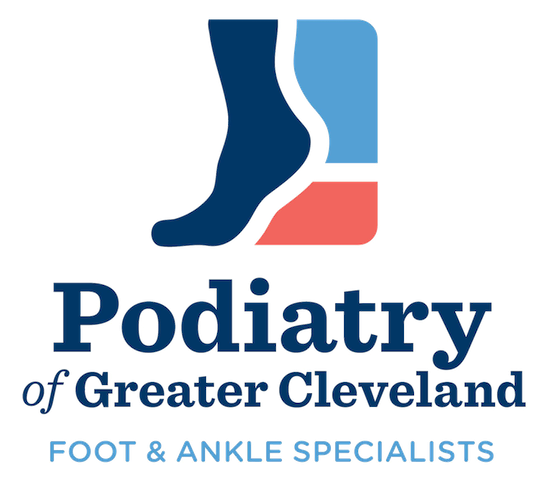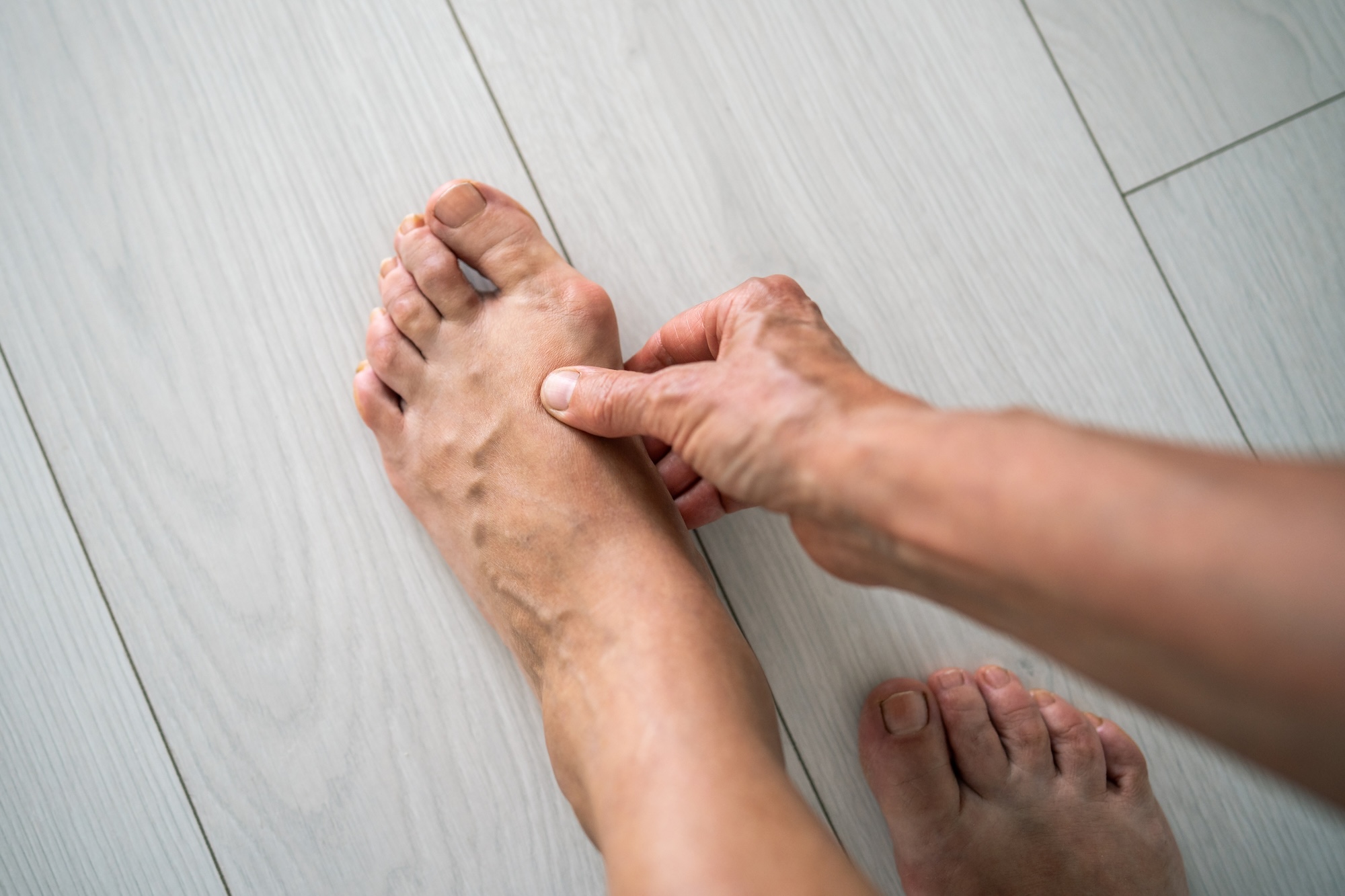Common Foot Problems and How to Prevent Them
Our feet are the foundation of our bodies, supporting us through every step, but many people neglect foot care until pain or discomfort arises. At Podiatry of Greater Cleveland, we see several common foot problems that can be managed or prevented with the right care. In this article, we’ll cover some of the most frequent foot issues, including bunions, plantar fasciitis, and ingrown toenails, and offer practical tips to keep your feet healthy.
1. Bunions
A bunion is a bony bump that forms at the base of the big toe, causing it to lean toward the other toes. Over time, the joint becomes misaligned, leading to pain, swelling, and difficulty walking.
Causes:
- Genetics
- Wearing tight or narrow shoes
- Arthritis
Prevention:
- Wear Proper Shoes: Choose shoes with a wide toe box to avoid crowding your toes. Avoid high heels or tight-fitting shoes that put pressure on the toe joint.
- Custom Orthotics: Orthotics can help provide proper arch support and relieve pressure on the toes.
- Foot Exercises: Regular stretching and strengthening exercises for the toes can help reduce the risk of bunions.
2. Plantar Fasciitis
Plantar fasciitis is one of the most common causes of heel pain. It occurs when the thick band of tissue (plantar fascia) that runs along the bottom of the foot becomes inflamed, causing sharp pain, especially in the morning or after standing for long periods.
Causes:
- Overuse or repetitive stress on the feet
- Flat feet or high arches
- Wearing unsupportive shoes
Prevention:
- Stretch Regularly: Stretching the calves and plantar fascia can help prevent tightness. You can also roll your foot over a tennis ball to massage the area.
- Wear Supportive Shoes: Choose shoes with good arch support and cushioned soles to reduce stress on your feet. Avoid walking barefoot on hard surfaces.
- Maintain a Healthy Weight: Excess weight can put extra strain on the plantar fascia, increasing the risk of inflammation.
3. Ingrown Toenails
Ingrown toenails occur when the edge of a toenail grows into the surrounding skin, leading to pain, swelling, and sometimes infection. The condition most often affects the big toe and can become very painful if left untreated.
Causes:
- Cutting toenails too short or at an angle
- Wearing tight shoes or socks that compress the toes
- Injury to the toenail
Prevention:
- Trim Nails Properly: Always cut your toenails straight across and avoid trimming them too short. Rounded edges can encourage the nail to grow into the skin.
- Wear Roomy Shoes: Choose shoes that provide enough space for your toes to move freely. Tight shoes can squeeze the toes and contribute to ingrown nails.
- Foot Hygiene: Keep your feet clean and dry to reduce the risk of infection if an ingrown toenail does develop.
4. Corns and Calluses

Corns and calluses are areas of thickened skin that develop due to repeated friction or pressure. While they’re generally not serious, they can become painful if left untreated.
Causes:
- Ill-fitting shoes
- High heels or shoes without proper cushioning
- Abnormal foot mechanics
Prevention:
- Wear Cushioned Shoes: Make sure your shoes have adequate padding to prevent friction.
- Use Protective Pads: You can place pads or cushions inside your shoes to relieve pressure on certain areas.
- Moisturize Your Feet: Keeping your skin soft and hydrated can reduce the likelihood of thick, hardened skin forming.
5. Athlete’s Foot
Athlete’s foot is a fungal infection that typically starts between the toes and causes itching, burning, and cracked skin. It thrives in warm, moist environments like shoes and public locker rooms.
Causes:
- Prolonged exposure to moisture
- Walking barefoot in public areas like pools or locker rooms
- Sharing towels or shoes with others
Prevention:
- Keep Feet Dry: Change socks regularly, especially after exercise. Use foot powder to absorb moisture.
- Wear Breathable Shoes: Choose shoes made of materials that allow air circulation, and avoid wearing the same pair every day.
- Wear Shower Shoes: Always wear protective footwear in public showers, pools, and locker rooms.
Conclusion: Take Care of Your Feet
Taking proactive steps to care for your feet can prevent many of the most common foot problems. Whether it’s wearing the right shoes, practicing good hygiene, or stretching regularly, small habits can make a big difference in maintaining healthy, pain-free feet.
If you’re experiencing foot pain or discomfort, don’t wait—schedule an appointment with Podiatry of Greater Cleveland today. We’re here to help you put your best foot forward!

